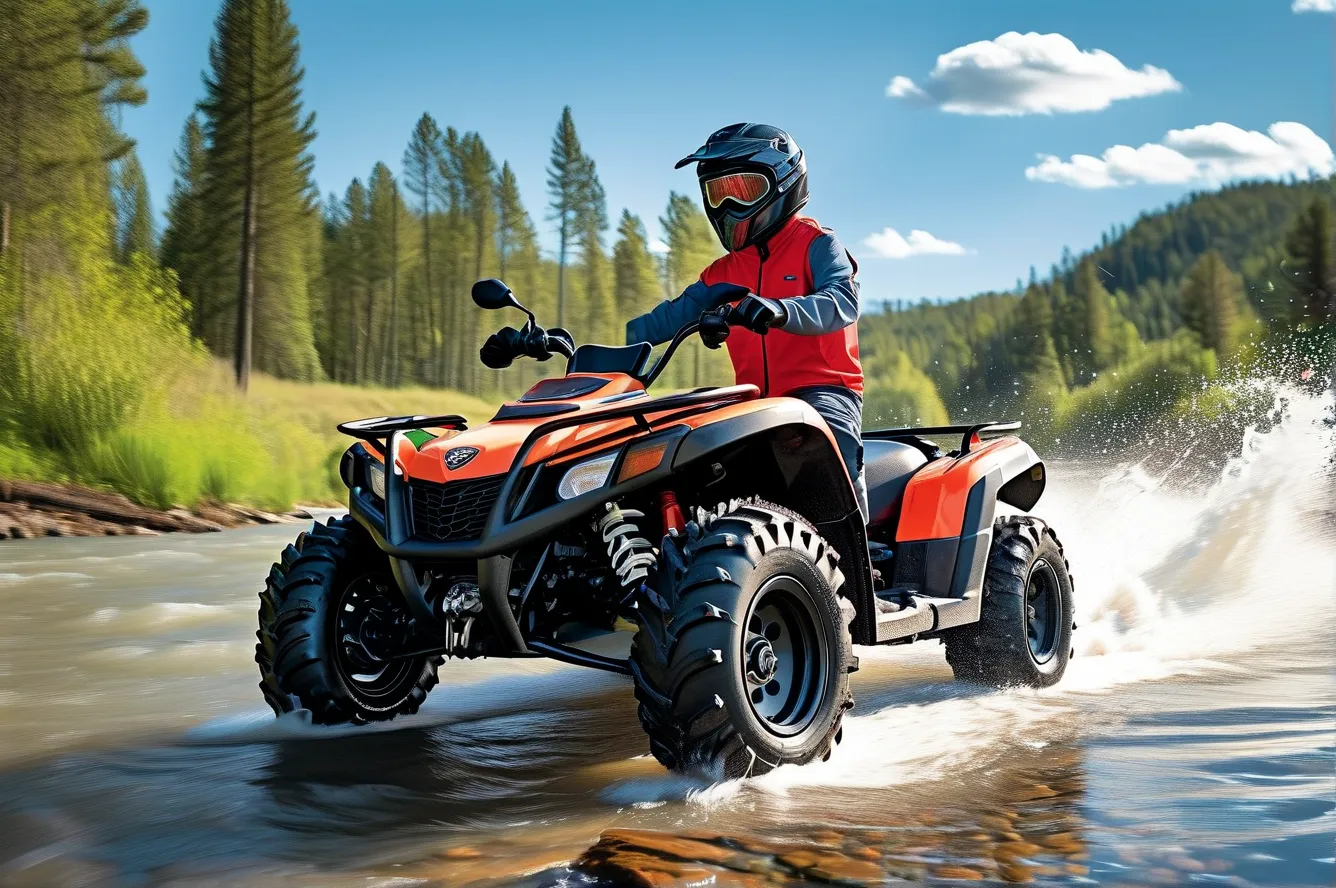Navigating the world of powersports can feel overwhelming, whether you’re a seasoned rider or just starting out. At Bay Cycle Powersports, we’ve compiled answers to the most frequently asked questions about ATVs, motorcycles, and watercraft to help you make informed decisions and maximize your riding experience.
ATV Essentials: Maintenance, Safety & Upgrades
Q: How often should I change my ATV’s oil?
For most modern ATVs, oil changes are recommended every 100 hours of use or annually, whichever comes first. However, consult your owner’s manual for model-specific guidelines. Brands like Yamaha and Polaris often require synthetic oils (API-certified) for optimal engine performance in extreme terrains.
Q: Can I use my ATV on public roads?
Laws vary by state. In Michigan, for example, certain counties permit road use with proper registration and lighting. Always check local regulations and equip your ATV with DOT-approved tires and mirrors if road-legal modifications are allowed.
Q: What’s the best way to store an ATV during winter?
– Stabilize fuel with additives like STA-BIL to prevent ethanol buildup.
– Disconnect the battery and store it in a dry, temperature-controlled space.
– Inflate tires to recommended PSI to avoid flat spots.
Motorcycle Ownership: From Licensing to Customization
Q: Do I need a special license to ride a motorcycle?
Yes. All 50 states require a motorcycle endorsement (Class M) on your driver’s license. Most mandate completing a Motorcycle Safety Foundation (MSF) course—a proven way to reduce accident risks by 50%, according to NHTSA data.
Q: How do I choose the right helmet?
Prioritize DOT/SNELL-certified helmets for street riding. Fit is critical: cheek pads should touch your face without pressure points, and the helmet shouldn’t shift when you shake your head. For off-road adventures, consider goggles and full-face helmets with MX-grade ventilation.
Q: What upgrades improve motorcycle safety?
Invest in anti-lock braking systems (ABS), which reduce fatal crashes by 31% (IIHS). LED headlights and tire pressure monitoring systems (TPMS) also enhance visibility and control, especially on long rides.
Watercraft 101: Maintenance, Safety & Performance
Q: How do I prevent watercraft engine corrosion?
After saltwater use, flush the engine with freshwater using a earmuffs-style flusher for 5–10 minutes. Apply corrosion inhibitors like Salt-Away and lubricate components with marine-grade grease.
Q: What safety gear is legally required for watercraft?
The U.S. Coast Guard mandates life jackets (one per passenger), a fire extinguisher, sound-producing devices (whistle/horn), and visual distress signals for coastal waters. Jet skis also require lanyard-cutoff switches in most states.
Q: Why does my jet ski lose power at high speeds?
Common causes include clogged intake grates or worn impellers. Inspect the pump assembly for debris and replace damaged impeller blades—a cost-effective fix that restores thrust efficiency by up to 70%.
Why Trust Bay Cycle Powersports?
With over 15 years of industry expertise, our technicians hold certifications from OEMs like Honda Marine and Kawasaki Motors. We stock only EPA-compliant parts and collaborate with organizations like the American Watercraft Association to ensure advice aligns with current standards.
Got more questions? Visit our Traverse City showroom or explore our online resources curated by ASE-certified professionals. At Bay Cycle Powersports, we’re committed to keeping your adventures safe, legal, and exhilarating—no matter where the trail takes you.




Leave a Reply